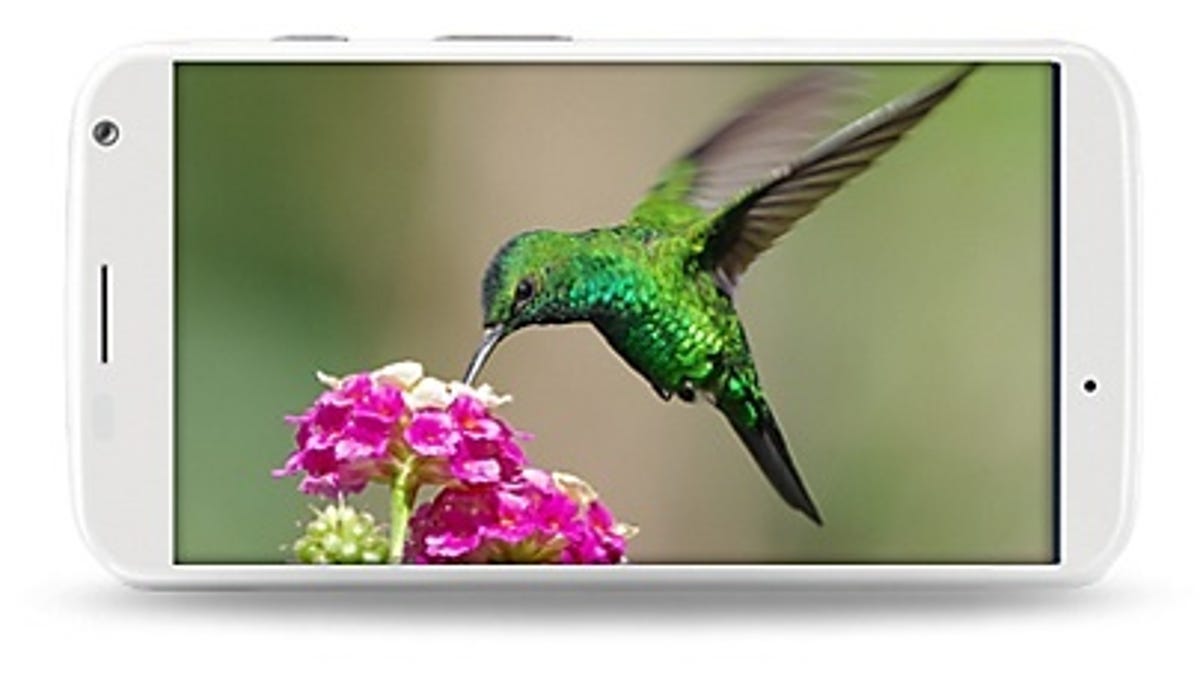Moto X takes Round 2 against iPhone 5S
The Moto X's display proves that OLED technology has made big strides in the last year or so.

The Moto X and its gorgeous display take Round 2 against the iPhone 5S.
A couple of weeks back, I wrote that the iPhone 5S bested the Moto X on physical design.
This week I'm writing about the display. Mostly because I'm wondering why Apple hasn't switched to AMOLED displays.
After using the X's AMOLED display for the last few weeks and comparing it with the 5S' LCD, I think it may be time for Apple to consider AMOLED, as the technology has improved a lot over the last 12 months or so.
The colors on the X's AMOLED displays are more vibrant, richer, with higher image contrast than the 5S' LCD. And the range of colors -- or color gamut -- is greater.
And there's no such thing as viewing-angle image degradation. That is, the image on the X's AMOLED looks virtually the same no matter what angle you view it from.
But Raymond Soneira, president of DisplayMate Technologies, makes a good case as to why Apple hasn't gone with OLEDs, above and beyond Tim Cook's panning of the technology earlier this year.
Soneira has stated in the past that a too-large color gamut can, in some cases, hurt color reproduction -- making the LCD's narrower gamut more accurate.
And, in response to my e-mail queries, Soneira states three basic reasons why he believes Apple has yet to go with an OLED display.
One, OLED displays cost considerably more than LCDs. Two, the power efficiency of OLEDs has been improving rapidly, but LCDs still have better overall power efficiency. And, three, getting OLED displays in the volumes that Apple demands could be problematic (because one supplier, Samsung, tends to dominate production).
And Soneira throws the following into the mix of reasons why OLEDs, in the past, have sometimes fallen short in reviews.
OLEDs are a lot harder to properly integrate, engineer, and calibrate into a device, and most smartphone manufacturers do not have the knowledge or expertise to do it well, so OLED smartphones frequently perform well below their capability. Most other manufacturers engineer OLEDs as if they were LCDs and wind up with a number of performance problems as a result.But I still believe Apple would be stupid not to use the display technology down the road, as the Moto X's display is just too good to ignore.
And Samsung is making strides with its displays. "We measured an impressive 26 percent improvement in power efficiency between the Galaxy Note 3 and Note 2," Soneira said.
"OLED is a new technology and it is just now getting really good," he added.
That should be reason enough for Apple.

